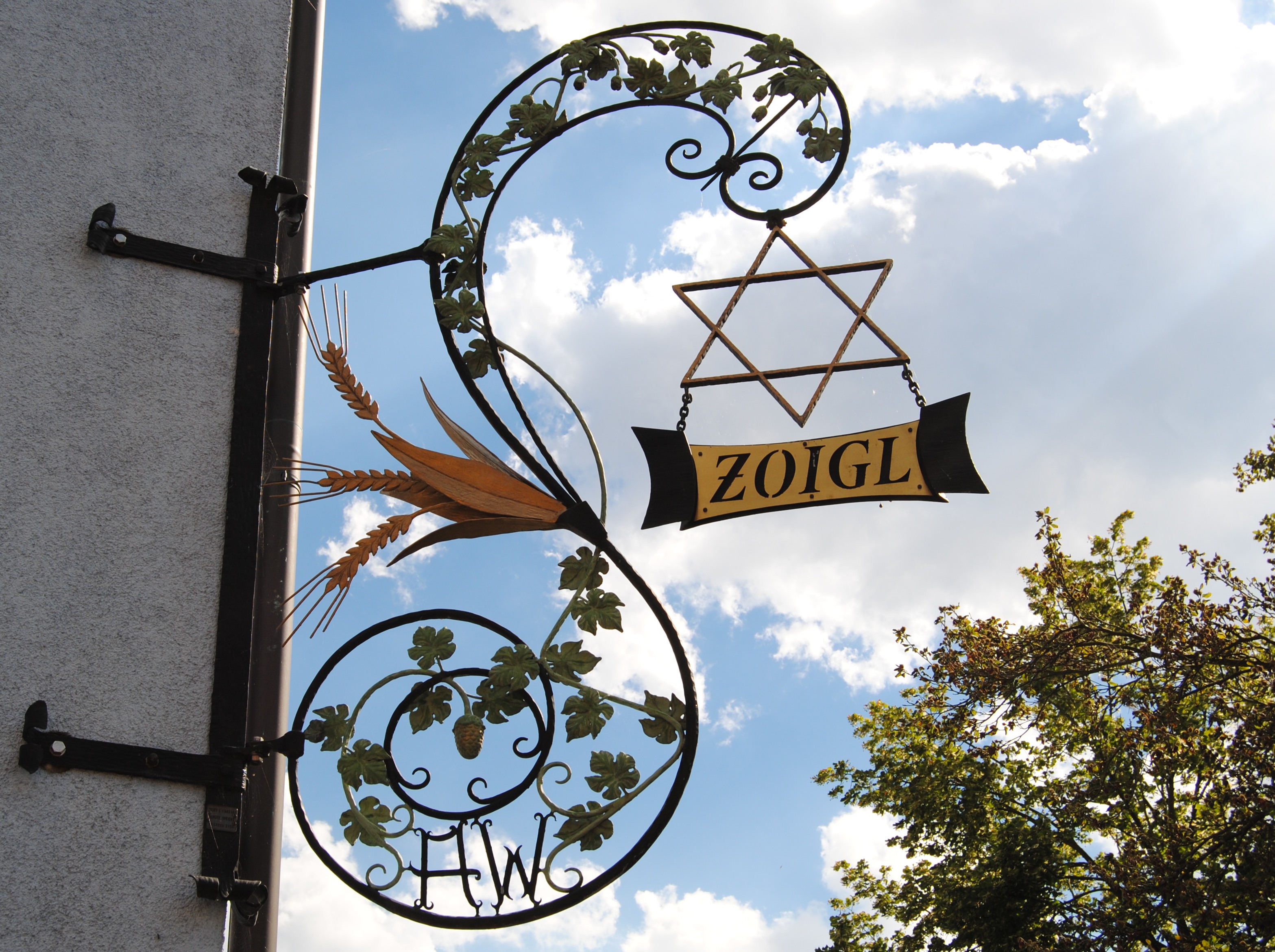It has got to be one of Germany’s best kept secrets. Not just the six-pointed star hanging in front of the house, but the homebrewed beer the star represents. The Zoigl tradition has almost gone extinct in Germany, and if you want to experience it...



Recent Comments